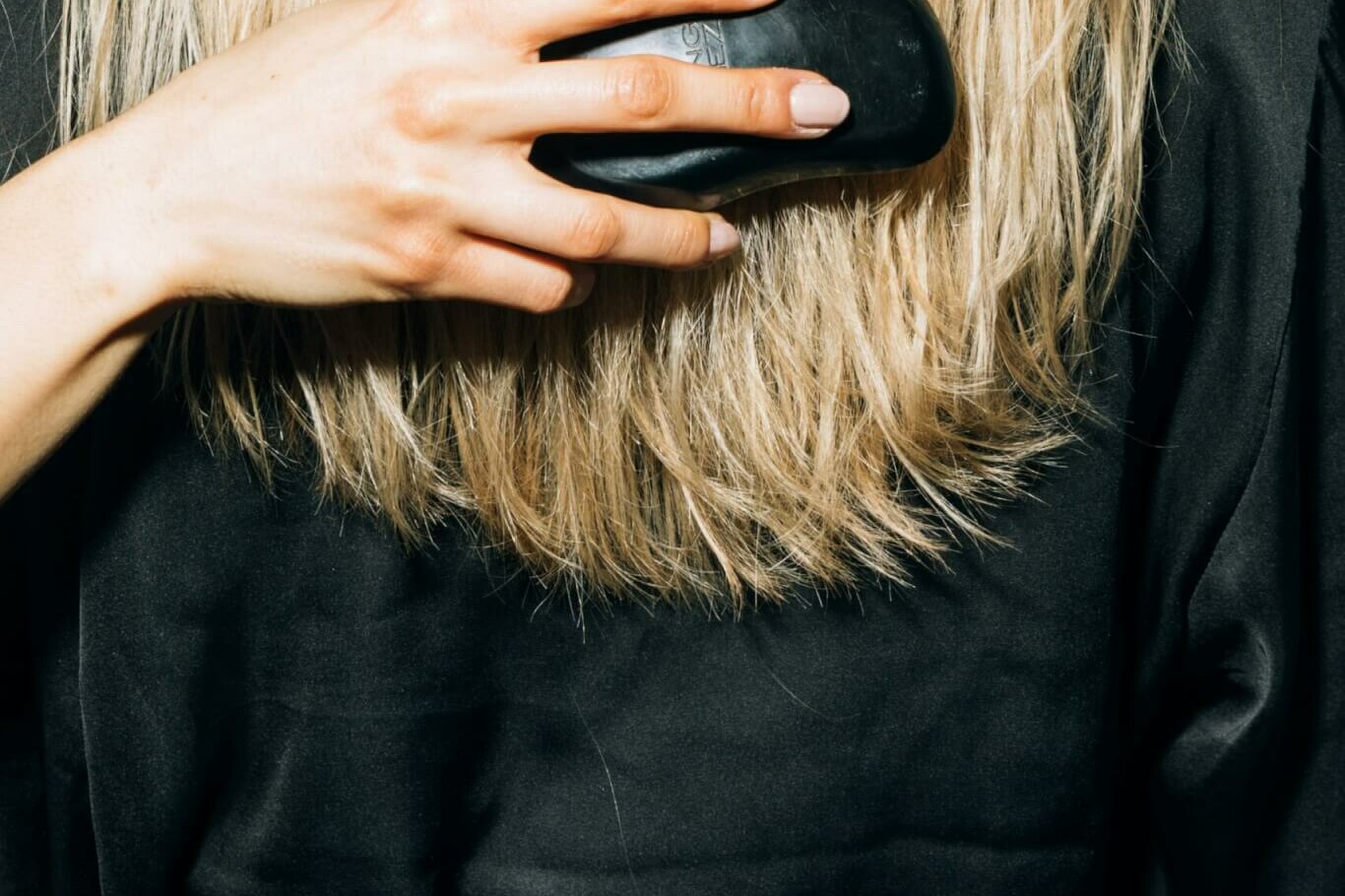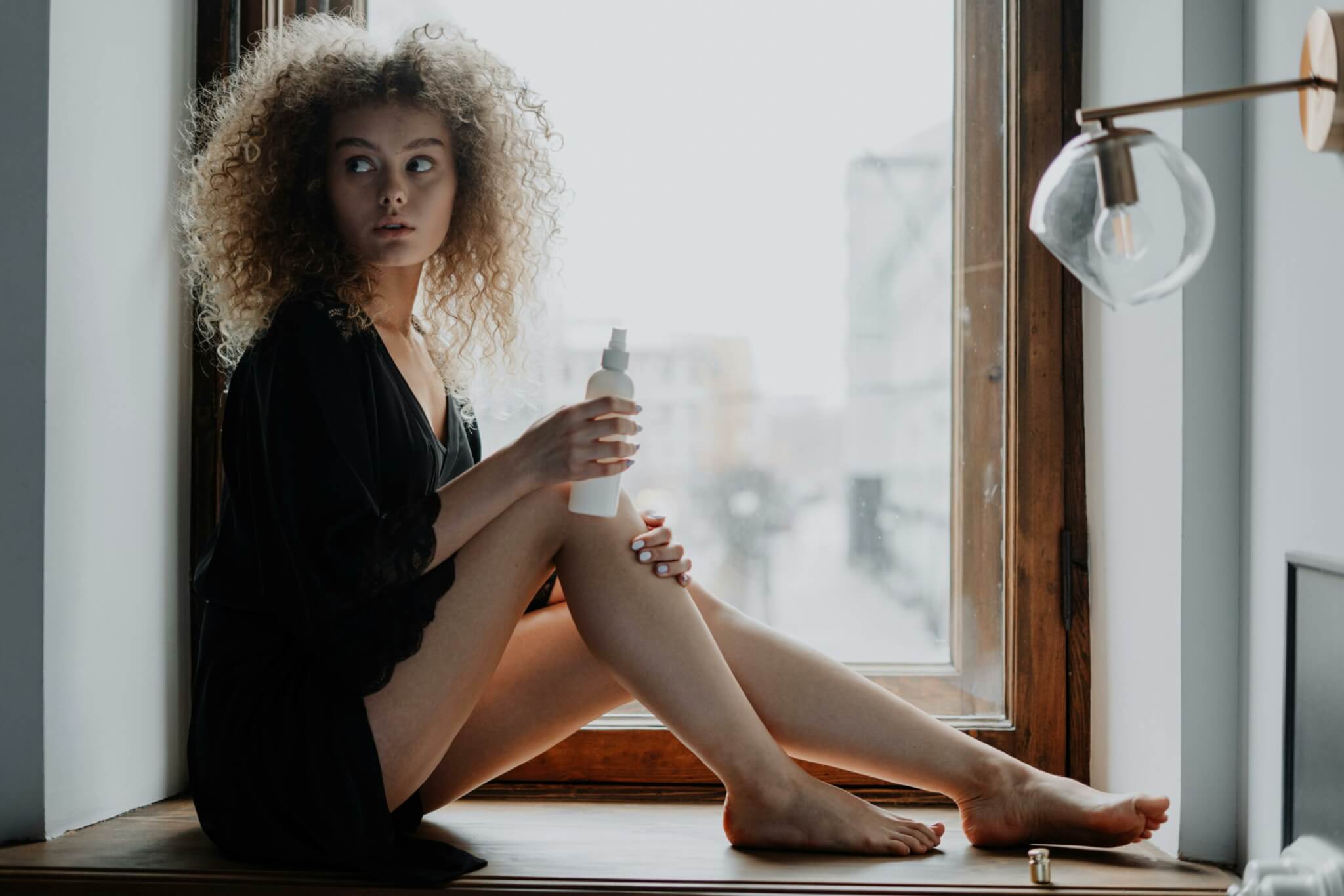Understanding Why Hair Changes During Peri-Menopause
Hair growth and quality is heavily influenced by hormones. Estrogen in particular prolongs the active growth phase of hair follicles, resulting in thicker, fuller hair. As estrogen levels decline during peri-menopause, the growth phase shortens. This leads to thinner hair shafts, decreased volume, and increased shedding. The androgen hormone testosterone also rises for some women during this transition, binding to receptors in hair follicles and causing them to shrink. Being aware of these hormonal impacts allows women to anticipate changes and respond effectively.
Boosting Circulation and Nutrient Access to Hair Follicles
Optimizing circulation and nutrient access to the scalp is key for healthy follicles and quality hair growth. Consider these tips:
- Massage the scalp daily using small circular motions to increase blood flow.
- Take targeted supplements like zinc, iron, biotin, and vitamins A, C, D, and E to nourish hair from within.
- Eat foods high in omega-3 fatty acids like salmon, walnuts, and chia seeds to reduce inflammation and support follicle health.
- Stay hydrated and minimize caffeine and alcohol intake which can deplete the body of nutrients.
- Quit smoking, as it impairs circulation and damages hair follicles.
- Manage stress, as cortisol impairs nutrient absorption and follicle growth.
Using Topical Treatments Strategically
Topical treatments can also effectively deliver nutrients to follicles and offset thinning. Consider these options:
- Apply argan, coconut, or olive oil to lubricate and condition the scalp.
- Use peptide serums containing growth factors that stimulate follicle stem cells.
- Rotate use of topical minoxidil, vitamin E, and retinol to encourage growth.
- Try PRP therapy where platelet-rich plasma from your own blood is injected into the scalp.
Optimizing Hair Care Habits
Being extra gentle with hair allows it to stay smooth, shiny, and resilient amidst hormonal changes:
- Use wide-tooth combs and avoid excessive brushing or heat styling which causes breakage.
- Let hair air dry when possible and use lower heat settings if blow-drying.
- Switch to a silk pillowcase to prevent drying friction as you sleep.
- Use hydrating masks and leave-in conditioners to restore moisture.
- Get regular trims to snip split ends before they travel up the hair shaft.
- Reduce use of chemical processing and permanent dyes which can damage and dry hair over time.
Consulting Your Doctor
If over-the-counter treatments prove insufficient, consult a trusted doctor about prescription options. They may recommend:
- Low dose oral minoxidil to stimulate growth.
- Spironolactone to block androgens.
- Ketoconazole shampoo to reduce inflammation and DHT production on the scalp.
- Topical estrogen or progesterone creams to replenish important hormones directly at the follicle.
- Oral contraceptives that contain estrogen and help stabilize hair loss.
Doctors can also rule out other contributing health conditions and determine if blood work might provide useful insights.
The hormonal rollercoaster of peri-menopause can significantly impact hair. Using proactive tips to enhance circulation, provide nutritional support, and optimize hair care allows women to maintain shiny, resilient hair as they transition into menopause. Consult a doctor for guidance tailoring a comprehensive hair care plan.
References
Rogers, N. E., & Avram, M. R. (2008). Medical treatments for male and female pattern hair loss. Journal of the American Academy of Dermatology, 59(4), 547–566. https://pubmed.ncbi.nlm.nih.gov/18793935/
Sinclair, R. D. (1998). Female pattern hair loss: a pilot study investigating combination therapy with low-dose oral minoxidil and spironolactone. International Journal of Dermatology, 37(1), 30-35. https://pubmed.ncbi.nlm.nih.gov/29231239/
Related Articles
September 6, 2025
Scalp Barrier 101 — How to Rebuild What Over-Cleansing Breaks
Your scalp is more than just the skin under your hair — it’s a living…
November 15, 2024
The Art of Detangling: How to Protect Your Wet Hair from Breakage and Split Ends
Detangling wet hair is a common part of many people’s hair care routine, yet…
November 12, 2024
The Hidden Risks of Dry Shampoo: How Overuse Can Impact Your Scalp Health and Hair Growth
Dry shampoo has become a beauty staple for many people, offering a quick and…




